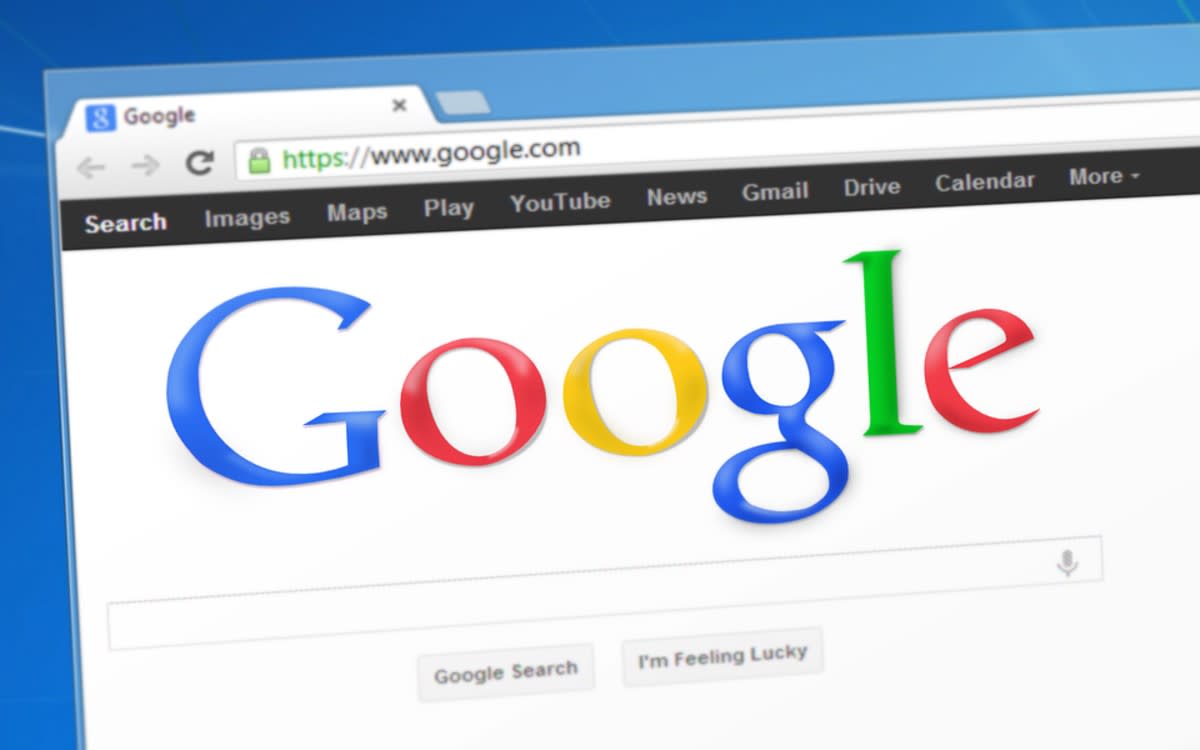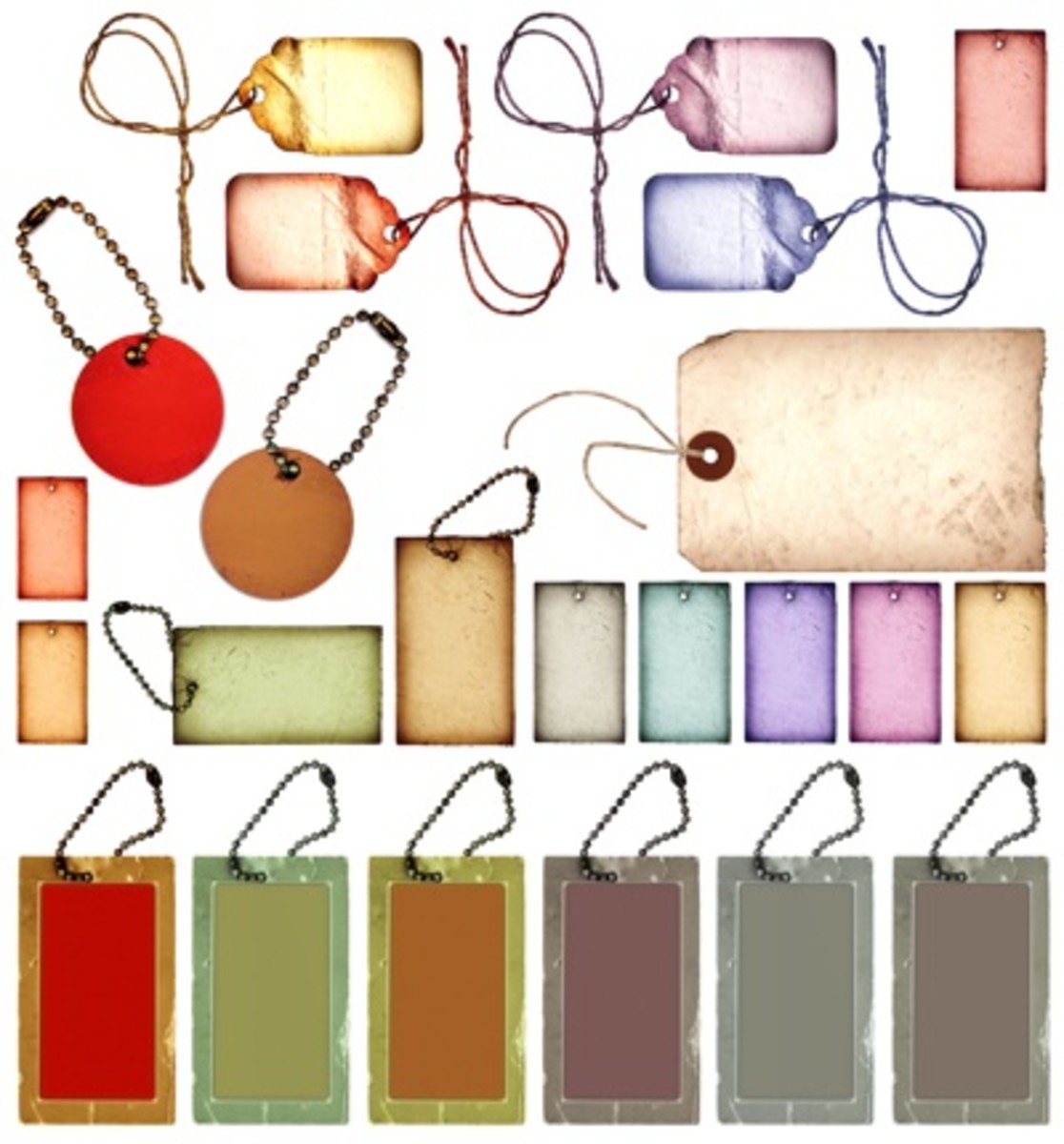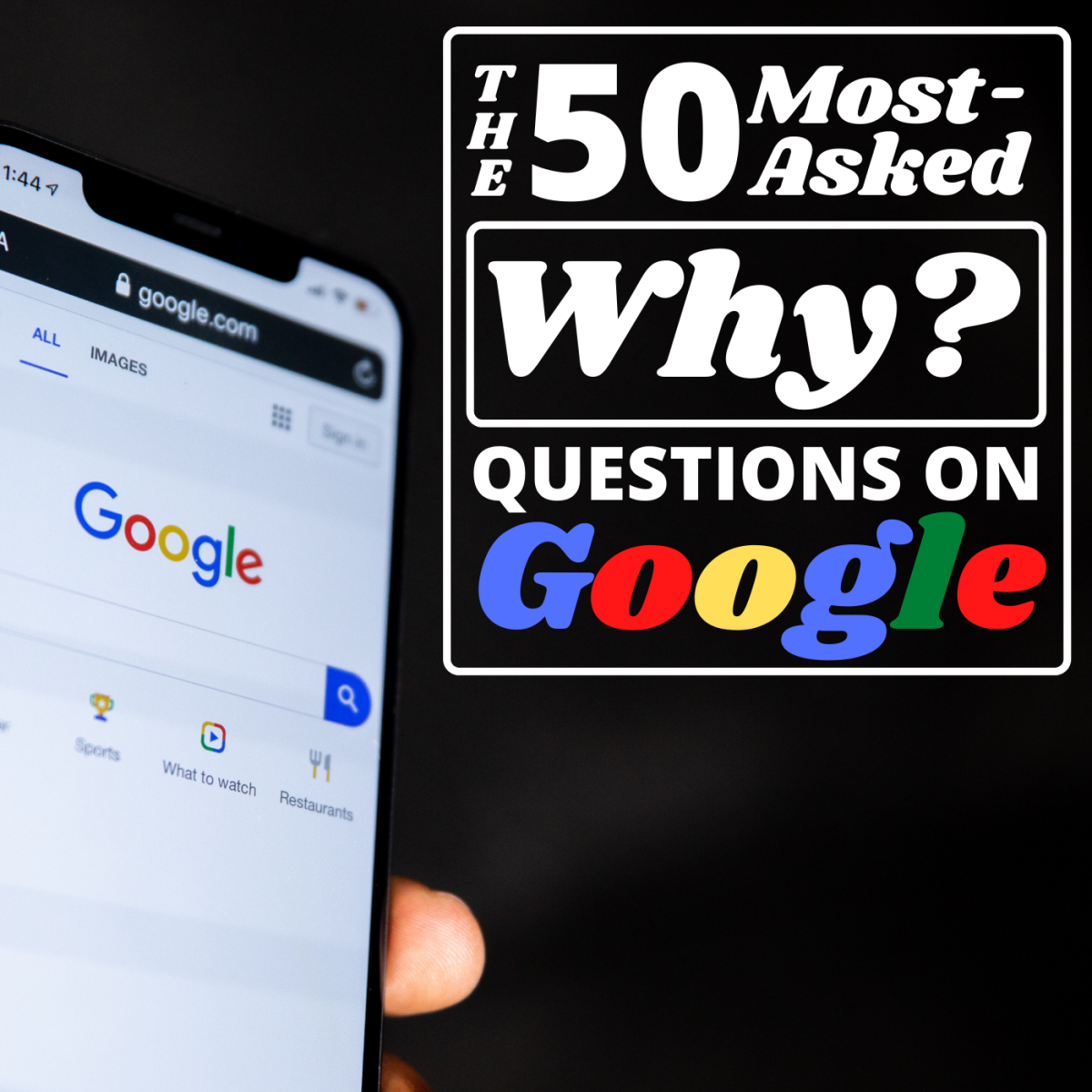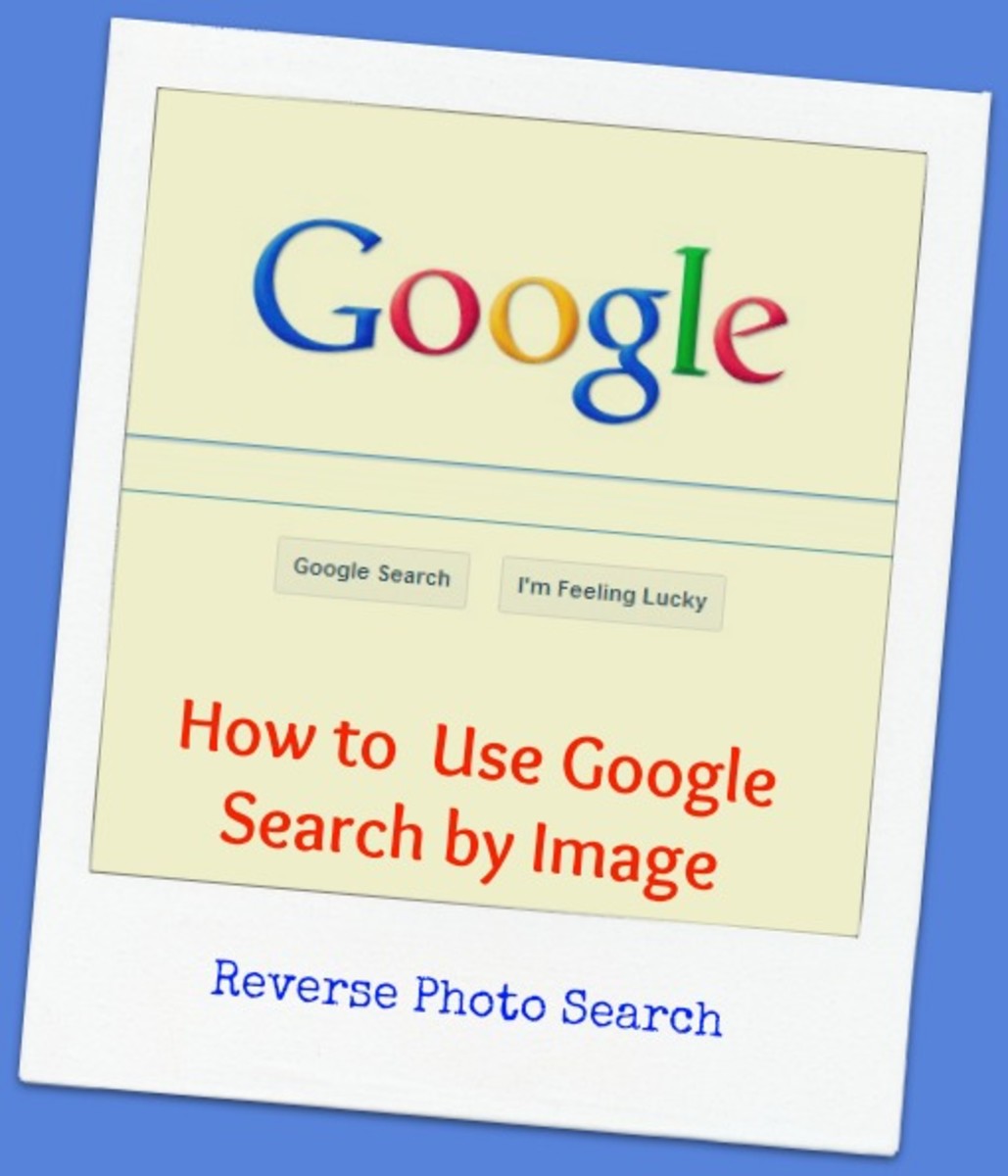What Is Anchor Text And Why Is Anchor Text So Important?
What is anchor text? Why is anchor text important? Didn’t I tell you already?
During my time online I have written literally thousands of articles that relate to Search Engine Optimization in one way or another. These articles regularly use technical or industry specific terminology that is common place to me. There has, however, been an assumption on my part that my intended readers are fully conversant in the jargon I use when writing. One example is “Anchor Text”.
Everyone’s Getting Hyper
HTML is an acronym of HyperText Markup Language. HyperText Markup Language is used in conjunction with CSS to create webpages and tell Web browsers how to display them. Links, or Hyperlinks to give them their Sunday name, connect one piece of HyperText (a web page, for example) to another piece of HyperText.
Anchors Away!
Hyperlinks connect one web page to another and make the web navigable. Anchor text is the visible clickable text of a hyperlink that is often differentiated from other text by being underlined, a different color, or bold. Anchor text also provides useful information to users and search engines about the page being linked to.
Code Example:
<a href="http://peterhoggan.hubpages.com/">Peter Hoggan's HubPages Profile</a>
Cracking The Code
The above example shows how a link is coded in html. It opens and closes with an anchor tag, which is represented in HTML as, <a> for the opening anchor tag, and </a> for the closing anchor tag. An anchor tag marks the beginning (<a>) and the end (</a>) of a hypertext link.
<a href="http://peterhoggan.hubpages.com/">
The opening <a> tag contains a href attribute - href is an acronym for Hypertext Reference. (Although there is no explanation found in the W3C Recommendations as to the true meaning of href, Hypertext Reference is the most widely accepted interpretation.) The href attribute tells your browser which web page to open when the link is clicked on.
Next comes the anchor text itself, in this case its lets people know that clicking on the link will take them to my profile page (Peter Hoggan's HubPages Profile).
Finally we have the closing anchor tag(</a>). Between the <a> and </a> tags we have told the browser what page to open and the user what to expect once the page opens. Here is what the link looks like in HubPages:
Peter Hoggan's HubPages Profile
Why Is Anchor Text So Important?
One reason, which I have already touched on, is that anchor text helps people understand where the link will take them and what to expect when the get there. You probably found your way to this page via a link. Whether that was from my profile page, a link from another of my articles, through HubPages internal navigation or from a search engine, the anchor text was most likely an important factor in getting you here. In this sense a link, and its anchor text, can serve to pre-sell your content to your target readers and significantly increase page views.
From a search engine optimization point of view, links and their associated anchor text are extremely influential in gaining rankings. Just like real people, anchor text tells search engines what pages are about and is therefor a major SEO consideration.
You've probably read time and time again that search engines treat a link as a vote for the page they point to. That's perfectly true, however, it's the associated anchor text that gives meaning and context to the link.
Bad Anchor Text Example
To read my article about understanding and lowering bounce rate Click Here.
A Better Anchor Text Example
Read my article about Understanding And Lowering Bounce Rate
In the bad anchor text example the anchor text was set to Click Here, humans might "get it", but from a search engines point of view the page would be a good resource to send people searching for "Click Here". This type of linking has become known as mystery meat navigation because of its lack of meaning and context. Incidentally, Adobe have held the number one spot for Click Here for as long as I can remember.
In the Better Anchor Text example both search engines and humans can easily determine what the target page is about. Search engines rely on the anchor text they find in your site navigation and external links in order to categorize and score your pages correctly. Although link building is a very broad subject and beyond the scope of this short article, a great place to start is ensuring that the anchor text used in your websites navigation is clear, concise and intuitive.








